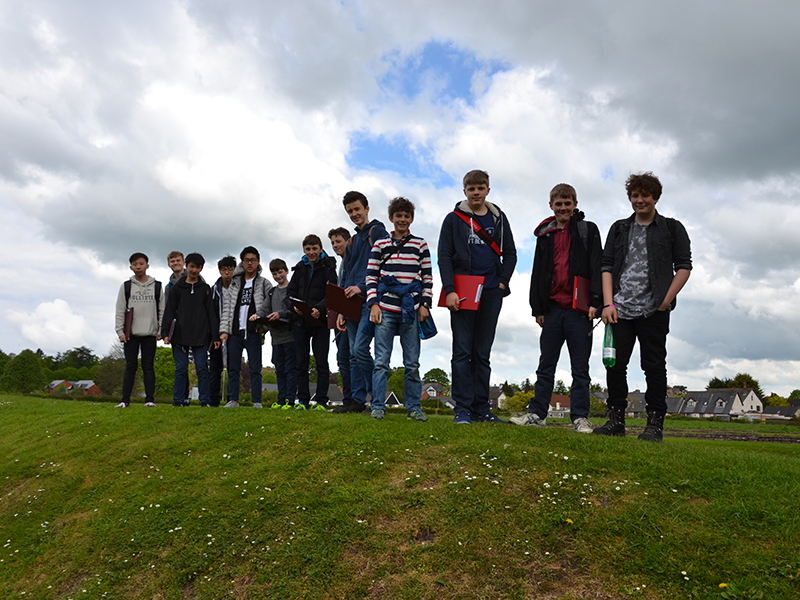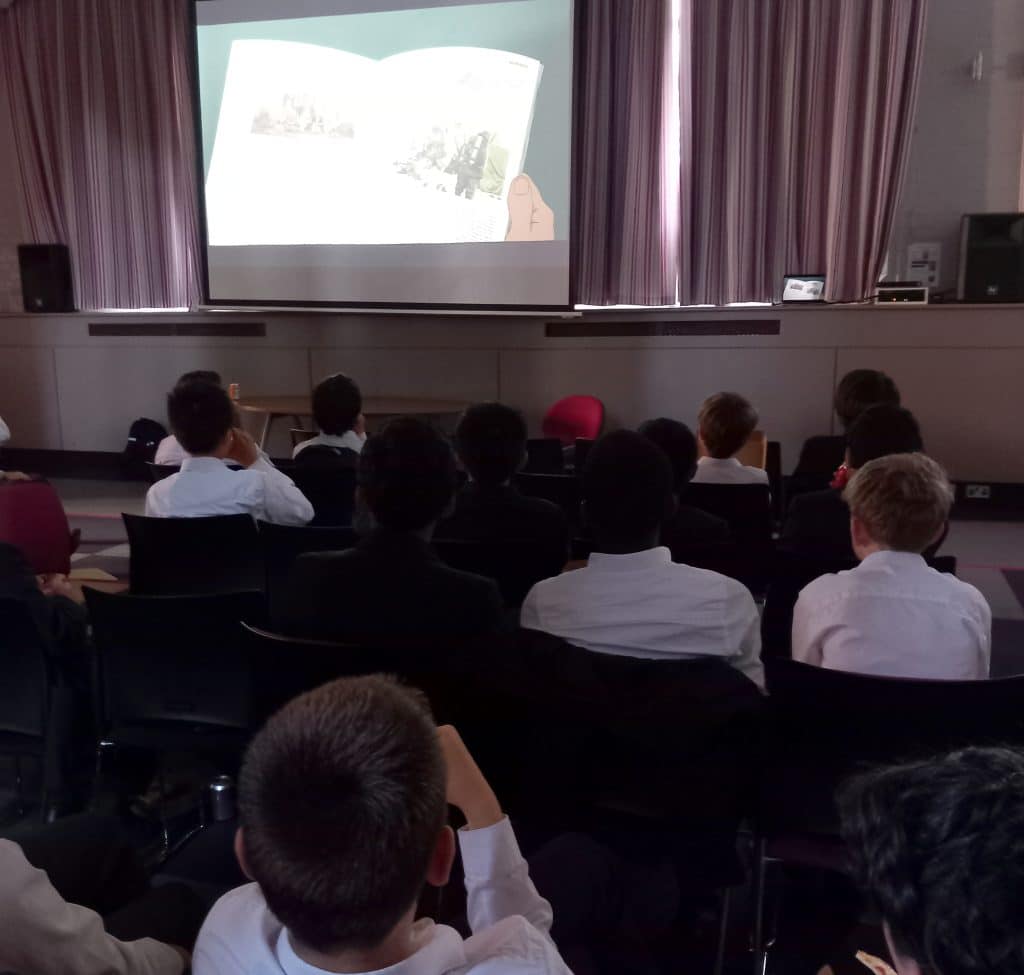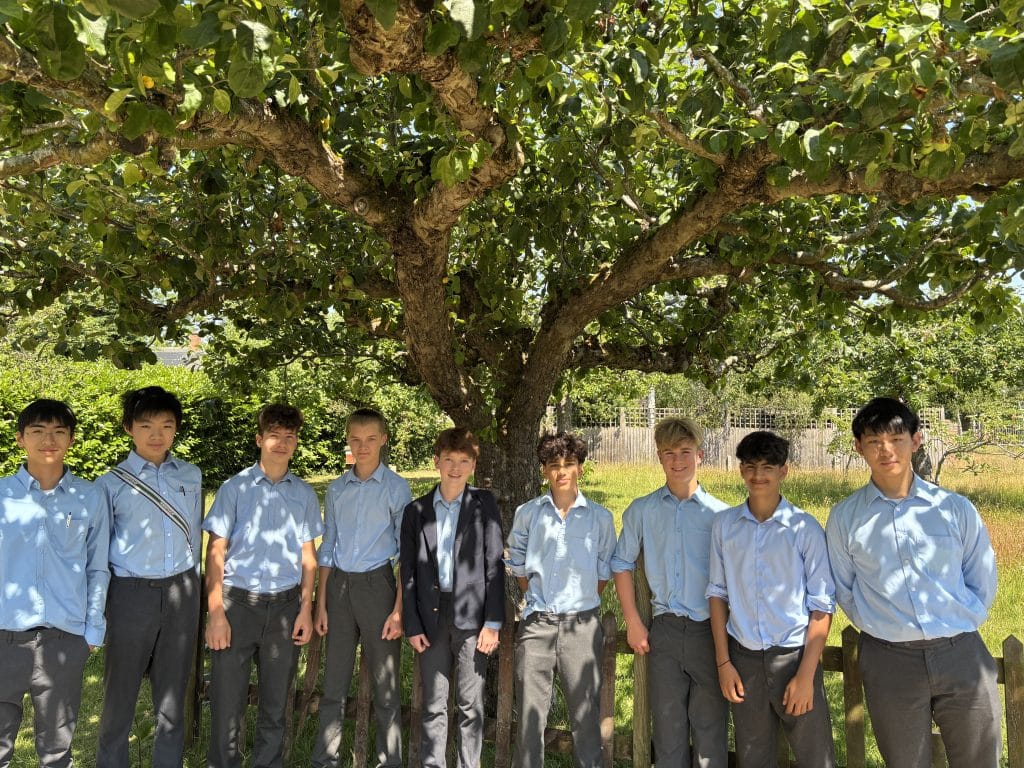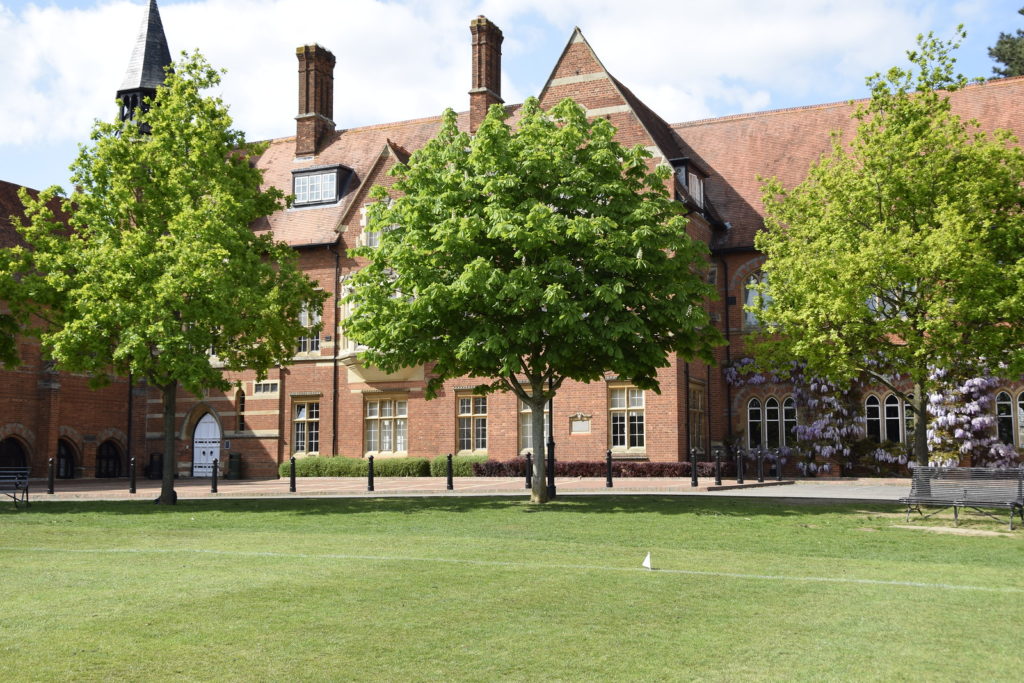11 May 2017
The very first invasion of Britain was conducted by Emperor Claudius in AD 43. In total there were 4 legions that took part: II Augusta, IX Hispana, XIV Gemina, XX Valeria Victrix. Four out of 30 Roman legions in all were based in Britain, which definitely highlights the importance of Britain to Rome. They began to advance on Welsh territory in AD 48, but the harsh landscape and ferocious tribes proved to be a challenge for the Romans, slowing their progress. Caerleon, or Isca as it was known by Romans, was the location of one of the main legionary bases in Britain.
On Bank holiday Monday, a coach of third year ancient historians, with Mr May, Mr Price, Mr Burnand and Miss Moore, went to visit this key town to see its barracks, amphitheatre, walls and baths, as well as the Roman Army Museum there, in order to learn about the lives of Roman soldiers in Britain.
The Roman Barracks, located at the bottom of the site, were capable of housing an entire legion (around 5000 men). The living quarters had the capacity to house 80 people (a century) each, including their centurion. The living quarters were rectangular and consisted of two parts: the centurion’s area (slightly wider), and the ordinary soldiers’ living area. Each eight soldiers shared two rooms. One was used to store equipment, while the other was for sleeping. The Centurion’s rooms however, were relatively larger. The main source of food for soldiers was bread, which meant there were definitely ovens around and in the barracks. The latrine is located at the bottom corner of the site, which had a ditch possibly connected to the river.
The amphitheatre could seat 6000 people. There were in total 6 separate entrances to ensure that people moved in and out fluently. The stone walls of the amphitheatre was also painted. There was also a shrine dedicated to Nemesis, the goddess of revenge. The shrine was built to help boost confidence in the fighters and soldiers. The amphitheatre was mostly used for assemblies, and on rare occasions for actual gladiator shows. This was because of how hard and expensive it was to train gladiators. The amphitheatre also made the fort feel more homely to soldiers and it also helped Rome to boast about how powerful and rich they were.
The soldiers were involved in a lot of the construction work e.g. of the walls of the fort, which we saw a section of. This is due to the amount of spare time the soldiers had as they weren’t always fighting a war. The outer walls of the fort were built with a significant amount of care, while the inner parts were filled with rubble.
The bath house was supposedly a very unhygienic place, but it was a place to relax and socialize. The Romans also attempted to change the culture of all the local people by giving them amenities and privileges like bathhouses. By doing so, they were colonizing and enslaving the local people surreptitiously.
The museum contained many interesting items: a head of Attis, a piggy bank, gemstones, cow-tooth pendants, gladiatorial symbols, keys and emblems. The equipment of soldiers was also displayed. A helmet, mail or plate armour, a shield, and torcs, were all standard equipment for a soldier, while they were armed with a sword and dagger. They also had a javelin. A centurion, however, was also equipped with a special crested helmet, greaves, scale armour, a scarf, and also a stick.
Vincent Chen





